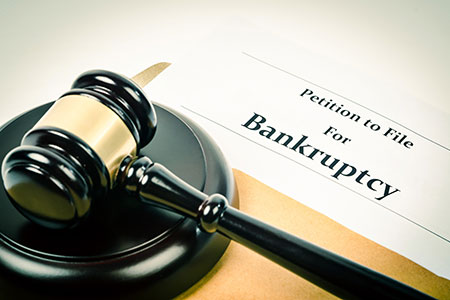Bankruptcy Basics: Chapter 7 vs. Chapter 13

None of us want to declare bankruptcy, but sometimes debts pile up and it is the best option we have to get our lives back in order. Generally, individuals declaring bankruptcy will choose either Chapter 7 or Chapter 13. Each of these types of bankruptcy have advantages and disadvantages.
Chapter 7 is a liquidation bankruptcy. That means if you file for Chapter 7 many of your assets will be sold to pay off your debt. Chapter 7 is for people who have little or no disposable income. The assets that are sold to pay off the debt are generally not things we need to live. Automobiles (up to a certain value), household goods, appliances, equity in a home, pensions, tools needed for work, most clothing, and some jewelry are among the items exempted from liquidation. Nonexempt items like cash, bank accounts, stocks, bonds, and other investments, second homes or cars, family heirlooms, and expensive items and collections are sold with the proceeds used to pay down the debt. Chapter 7 is a quick (generally three to five months) way for low-income individuals to get out from under unmanageable debt and get a fresh start.
Chapter 13 is a reorganization bankruptcy. Chapter 13 is a good choice for debtors who have a regular income. If you file for chapter 13, you will be set up with a repayment plan. You will get to keep your assets as long as you continue to make the monthly payments on your plan. The payment plan will generally cover three to five years. If you are considering filing for bankruptcy, it is best to consult an attorney to help you choose which type is right for your situation and to help you through the process. Call us to schedule a free consultation.
